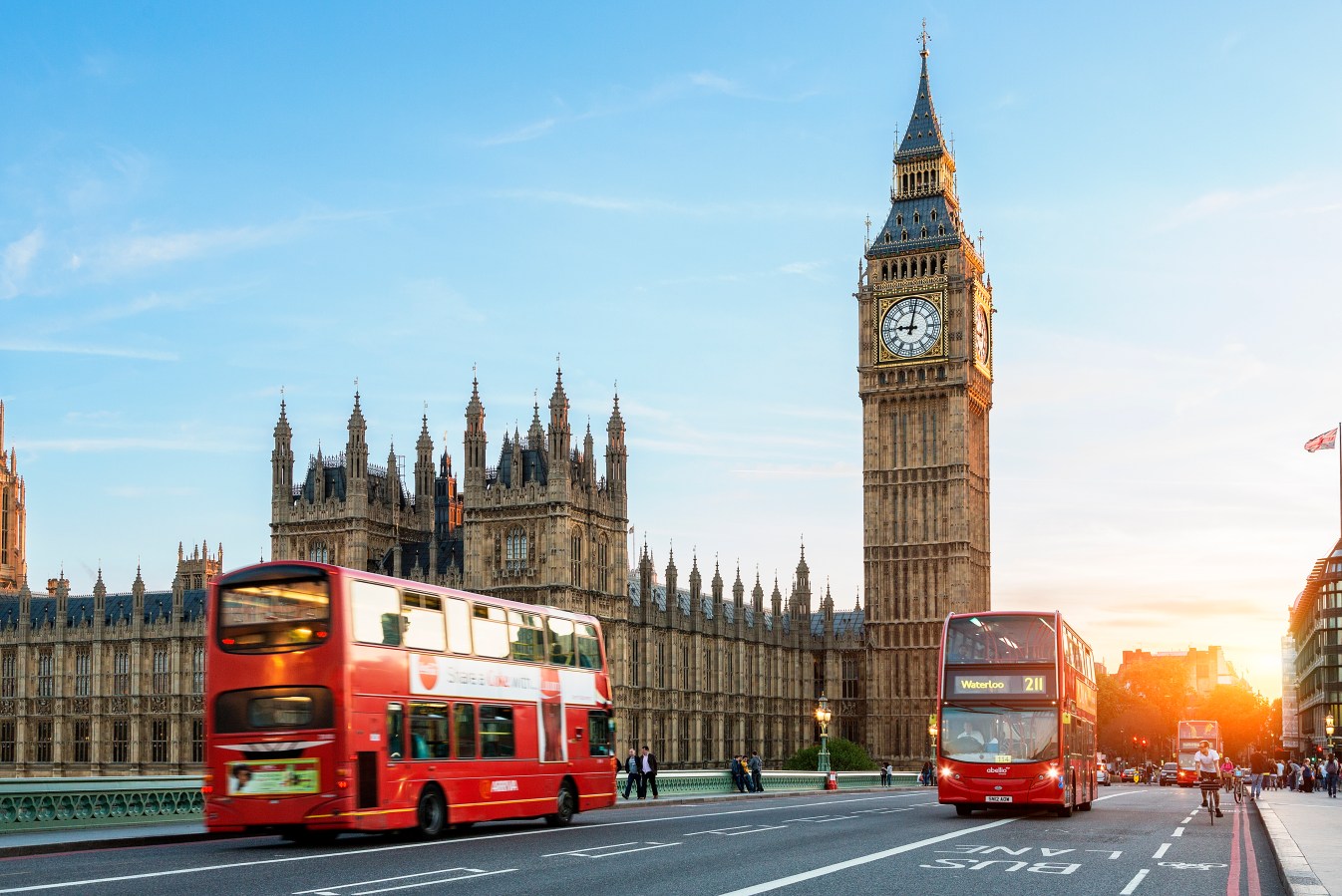It’s expected that almost one third of all flights will be disrupted across Europe this summer after air traffic controllers announced they would strike. The controllers are based at EuroControl, the European air traffic management body that regulates EU airspace for both military and commercial flights.

The news comes at a time when the travel industry was hoping it would be able to deal with the expected huge crowds with the least amount of disruption, after seasonal strikes were averted at Heathrow, one of Europe’s largest airports, and the recent protests against pension reform diminished across France.
An industry insider told The Telegraph that up to 12,600 flights could be delayed or cancelled each day. Controllers are protesting against out-of-date equipment, staff shortages and what they feel to be non strategic planning.
EuroControl takes care of more than 30,000 flights each day across European skies—a role that has become even more complicated during the Ukraine war, where 20% of the airspace that was previously used has become out-of-bounds to commercial planes.
Every plane that flies through EU airspace is required to submit a flight plan to EuroControl, which then assigns a unique tag to that flight to ensure that it can be tracked effectively and managed across borders and between different air-traffic control systems—more than 96,000 messages from pilots are dealt with every day.
What’s more, EuroControl issued a request to all travelers to arrive on time for their flights this summer as it is expecting peak traffic—meaning more than 37,500 journeys on some days. As a comparison, on the busiest day ever in 2019, there were 37,242 flights passing through European airspace. However, it isn’t one day of peak travel that poses the challenge for airline management, but more the sustained levels of very high traffic on either side of these peaks.
One contributing factor is that more Americans have booked to travel to Europe this summer, more than pre-pandemic levels—travel company Hopper has announced Europe as the destination of choice for U.S. travellers. That’s despite the seriously high airfare and soaring cost of accommodation.
Due to the pent-up demand, airfares are the highest they have been in the past 5 years. London, Paris, Rome, Lisbon and Athens are the destinations of choice and travel agents are turning people away because they have nothing left to sell, as reported by The New York Times. Italy, for instance, saw an almost 9% growth in tourists in June upon 2019 figures, one of the highest ever.
Europeans too are trying to beat the crowds and traveling around the continent in July, aiming to avoid the largest groups of people and queues, as August is usually the busiest month of the travel year—the Louvre and the Vatican are already witnessing queues that last hours and according to local tour operators, tourists are already filling up areas outside of the usual hotspots such as St. Mark’s Square in Venice, for example.
Many travellers are also looking to avoid the extreme weather and fire risks experienced last summer. They might already be too late, however, as temperatures in southern Europe had hit usual August averages by as early as April this year.
This article was first published on forbes.com


